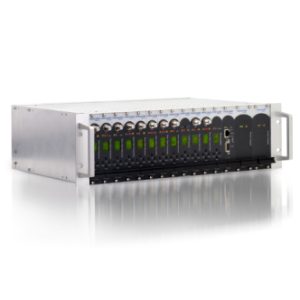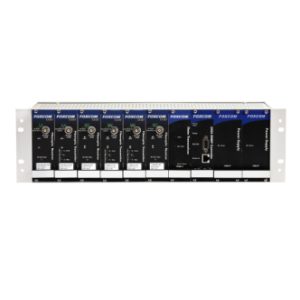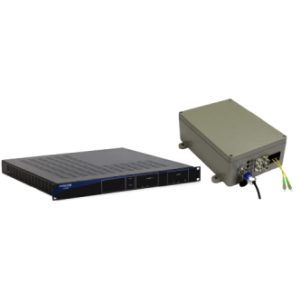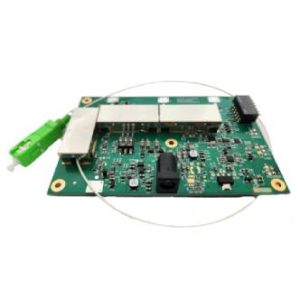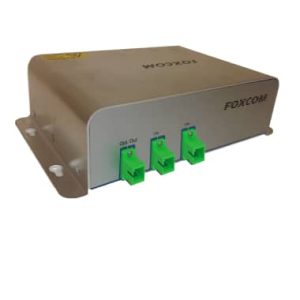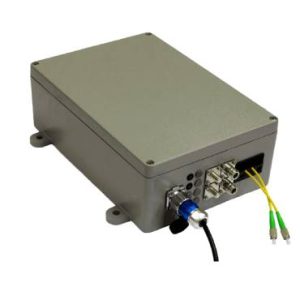
Satellite Antenna Site Diversity
The Challenge:
The Solution:
Turnkey Benefits of Global Foxcom’s RFOF Solutions
Distance
Flexible
Unlimited Bandwidth
Immune to EMI/RFI
Security
Cost Effective
RF Over Fiber Advantages
- Fiber can transmit signals over distances of 100km without single degradation.
- Fiber is lightweight, flexible, and has less optical loss than coax cables.
- Fiber has unlimited bandwidth.
- Fiber does not conduct electricity, so it cannot be damaged during electrical / lightning storms.
- Fiber tapping does not occur because optical leakages do not exist in the system.
- Fiber is the most cost effective material for transporting signals.
FAQs
RF Over Fiber (RFoF), also known as Radio Over Fiber, is a technology that uses optical fiber cables to transmit radio frequency (RF) signals over long distances. By converting RF signals into optical signals, RFoF systems achieve low signal loss, improved bandwidth, and resistance to electromagnetic interference.
Global Foxcom has developed RF Over Fiber solutions, which are widely used in industries such as telecommunications, satellite communications, and broadcast systems. These unique solutions efficiently transport high-frequency signals across extensive networks. making this technology ideal for applications requiring minimal signal degradation over long distances.
- Optical Transmitter: Converts RF signals into optical signals using a laser diode.
- Optical Fiber: Medium for transmitting the optical signals over long distances.
- Optical Receiver: Converts the optical signal back to an RF signal using a photodetector.
- RF Amplifiers: Used for signal boosting at both the transmission and reception ends.
Standard single-mode fiber (SMF) is commonly used for RFoF applications due to its low attenuation and ability to support long-distance transmission.
Global Foxcom’s RFoF solutions are compatible with SMF infrastructure, simplifying deployment while ensuring exceptional signal integrity.
- RFoF: Analog transmission of RF signals over fiber, maintaining original signal characteristics.
- D-RFoF: Digital conversion of RF signals before transmission, which can reduce noise but adds latency and requires extra processing.
Global Foxcom supports both RFoF and digital alternatives, helping clients choose the right technology based on performance needs, latency considerations, and application environments.
Yes, RFoF is increasingly used in 5G infrastructure for backhaul, fronthaul, and remote radio head (RRH) connections due to its low latency and high-frequency capabilities.
Temperature variations can impact laser diodes and optical fibers, causing signal drift. Temperature-stabilized components help mitigate these effects.
Global Foxcom designs its RF over Fiber systems to deliver stable performance under extreme and variable environmental conditions—critical for defense, airborne, and remote installations.
Yes, Global Foxcom’s RFoF products are designed to integrate with traditional RF systems using appropriate interfaces and converters. It is often used to extend or replace parts of existing RF distribution networks.
Global Foxcom offers customizable solutions that bridge legacy systems with next-gen RFoF capabilities—enhancing reliability and future scalability.

